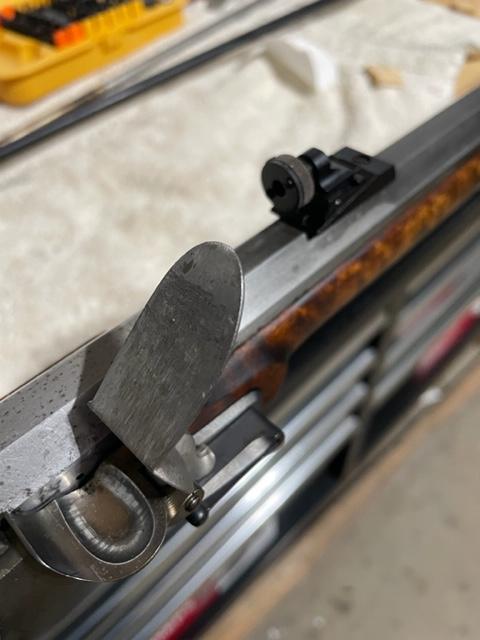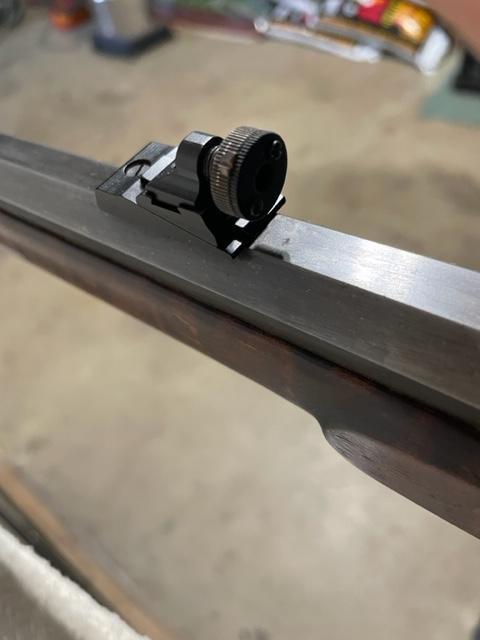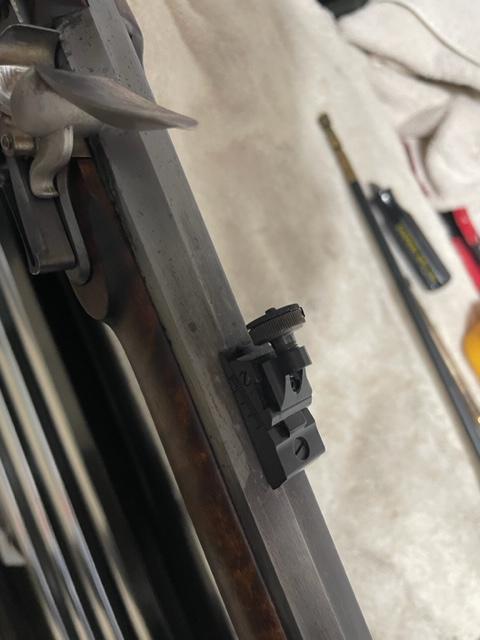Mike Lasko
32 Cal
- Joined
- Dec 4, 2020
- Messages
- 14
- Reaction score
- 27
So I've been to the range 2x now with the newly finished 45 SMR. I had trouble with the trigger not wanting to set the front trigger. Pulled the trigger guard and readjust the screw and think I've got that covered now. Had trouble with the seeing the sights (I'm now 46 years old) and had a slight 45 cut in the brass and polished and man that helped.
My questions:
1. Safety- How far from your powder source is safe when shooting on the range?
2. Loads- I shot 50,55,and 60 grains of 3F goex with round balls and didnt see a huge difference.
3. Sights- The gun shoots 6 inches high with a dead on hold at 50 yards. The sights that came with the kit are relatively fixed. Any ideas besides holding low?
4. Consistent ignition - The first shots were crisp, fast and made that nice "crack". However as I shot I had every third shot or so sound like a "dud". It was weird. I did swab the barrel every 2-3 shots but I noticed a lot of fouling around the lock and on the flint itself with more shooting. How often do you knap the flint? Do you clean that area often? Other tips? I did clean out the touchhole pretty regularly.
Thanks in advance for the advice. I've hunted off and on with muzzleloaders for 15 years or so but its always been just a 1 month seasonal thing. After building this kit, I'm definitely more interested in improving my shooting and using the gun more. I'm primarily a deer hunter but I try to shoot pretty well. These inconsistent sounding shots were a mystery to me.
My questions:
1. Safety- How far from your powder source is safe when shooting on the range?
2. Loads- I shot 50,55,and 60 grains of 3F goex with round balls and didnt see a huge difference.
3. Sights- The gun shoots 6 inches high with a dead on hold at 50 yards. The sights that came with the kit are relatively fixed. Any ideas besides holding low?
4. Consistent ignition - The first shots were crisp, fast and made that nice "crack". However as I shot I had every third shot or so sound like a "dud". It was weird. I did swab the barrel every 2-3 shots but I noticed a lot of fouling around the lock and on the flint itself with more shooting. How often do you knap the flint? Do you clean that area often? Other tips? I did clean out the touchhole pretty regularly.
Thanks in advance for the advice. I've hunted off and on with muzzleloaders for 15 years or so but its always been just a 1 month seasonal thing. After building this kit, I'm definitely more interested in improving my shooting and using the gun more. I'm primarily a deer hunter but I try to shoot pretty well. These inconsistent sounding shots were a mystery to me.
Last edited:









